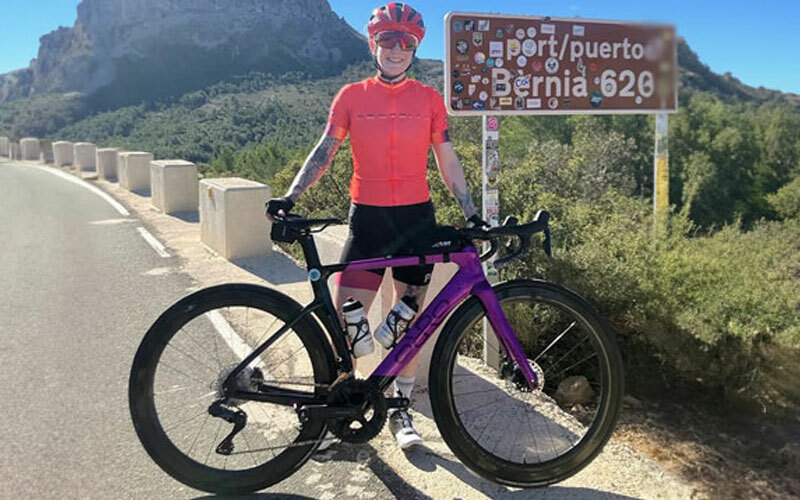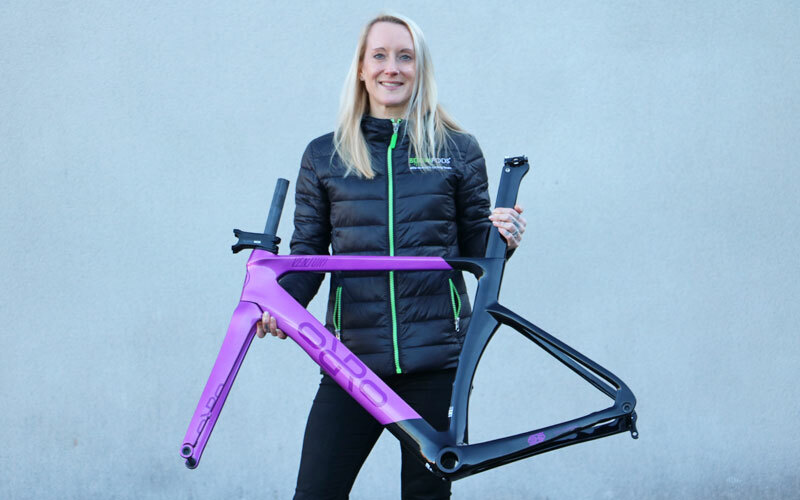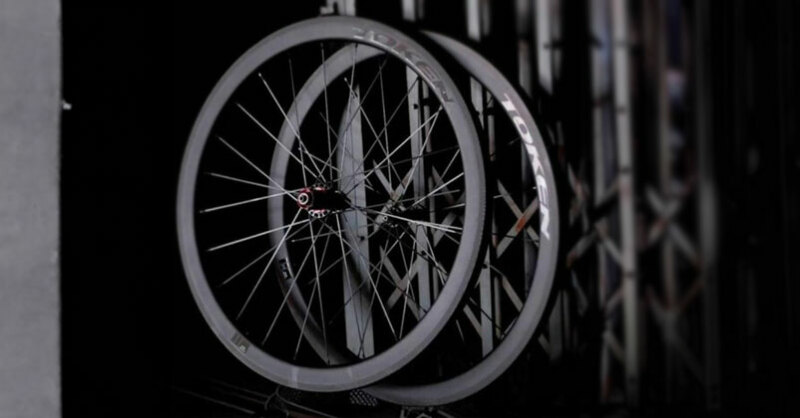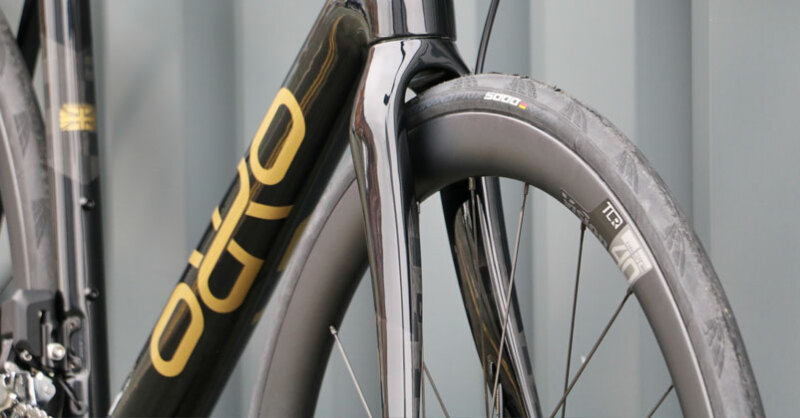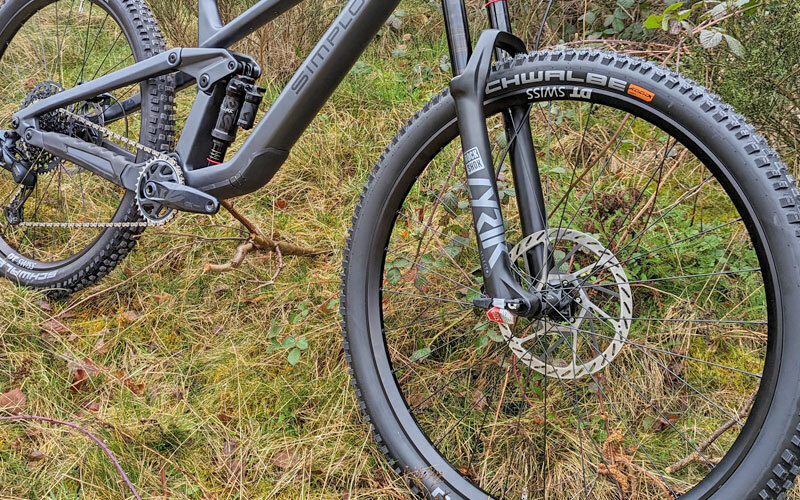Road Bike Shoes Guide
While in theory, you can quite easily pedal a bike in any old shoes, while this might be fine for a trip to the local shops, heading out for a longer or faster ride requires more specialist footwear. Road cycling shoes are designed primarily to transfer power from the rider to the bike and to be comfortable. Road riding doesn’t involve much walking so soles are stiff and inflexible, pedal cleats are not recessed. Road cycling shoes tend to be shallow, no higher than the ankle. Just like bikes, prices vary hugely depending on features, specification and materials / technology used in their construction.
.jpg)
Different Types of Road Shoes
Entry Level
Typical entry level shoes feature a ventilated nylon sole with heel and toe grippers. Upper sections of the shoe tend to feature synthetic leather or mesh to provide comfort and cooling on warmer days. Soles are usually compatible with Shimano and Look cleats, with either 3 hole or 3 & 2 hole fitting (2 hole for SPD type cleats). Closure is usually with Velcro straps or ratchet and Velcro combination.
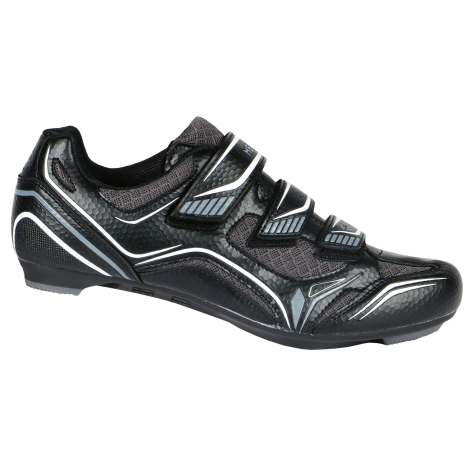
Mid Range
Mid range shoes tend to offer a stiffer sole with either nylon + extra reinforcement from carbon, more ventilation with extra vents will keep feet cooler on longer rides. Uppers tend to feature nicer materials and are better finished with seamless internals to eliminate pressure points on longer rides. Soles will have holes for all popular pedal options. Closure featuring a combination of Velcro, ratchets, laces or wire & dials.
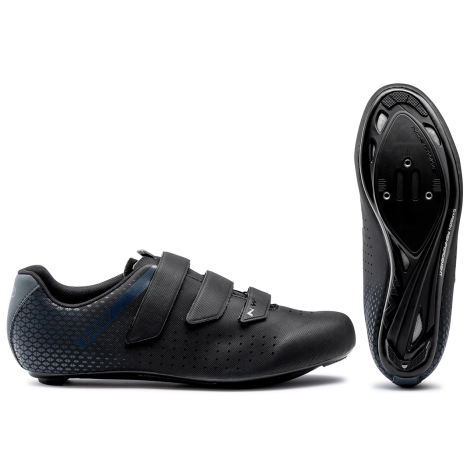
Race Shoe
High spec race shoes would prioritize performance aspects such as stiffness and lightness over other considerations. That said, race shoes still need to be comfortable and offer ventilation as well as support for feat. Soles tend to be made from carbon fibre and offer good ventilation. The material for the upper section of the shoe is usually soft and lightweight whilst still providing a secure hold for your feat. Closure is usually wire / dials, Velcro or laces. Race shoes are usually compatible with Look and Shimano cleats, and some with Speedplay (Speedplay come with look 3 screw adapters)
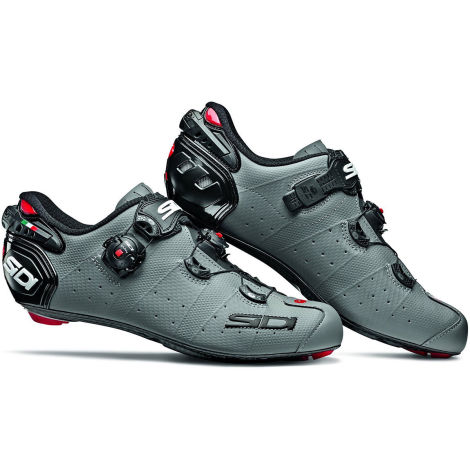
Different Types of Closure
Velcro has been around for a long time. It is light and simple. Velcro is often used in conjunction with an extra closure method. The only downside to Velcro is that it can loose their grip strength over time through repeated opening and closing.
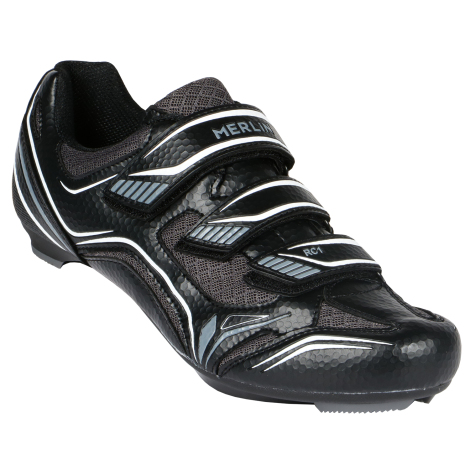
Laces
‘Old school’ shoe laces have made a surprise comeback in recent years. They are very cost effective to replace, and even customizable with different colour laces. It is possible to get just the right tightness with laces and they don’t come loose. The downside for laces compared to other systems is that they are trickier to adjust whilst riding, they need two hands to ‘do’ and ‘undo’.
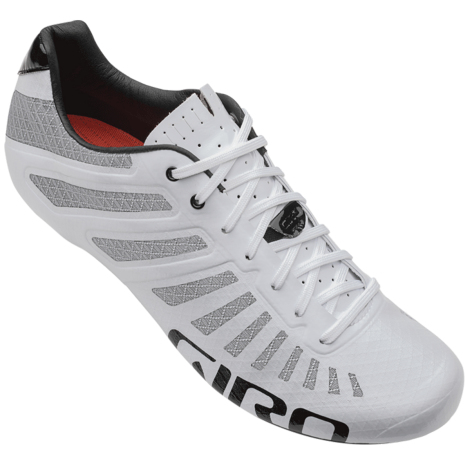
Ratchet / Buckle
Ratchet and buckle systems have been around for about 30 years, they offer reliable, secure closure. Of the main closure systems, this one is the bulkiest, however they do offer an easy to release or increase tightness with one hand.
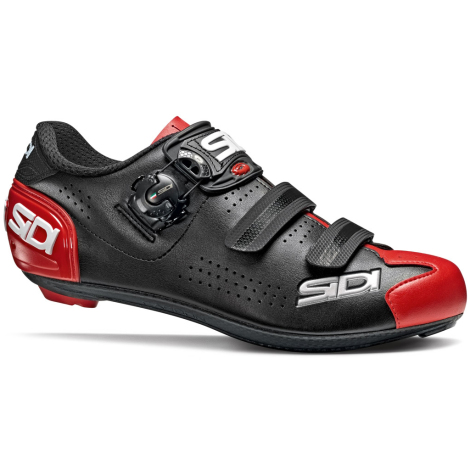
Wire / Dial
Wire and Dial systems, such as ‘Boa’ are the relative newcomer to the world of cycling shoe closure. These are the lightest closure option and offer a lot of strength combined with a wide spread of pressure from the wires across the foot, this reduces the chance of contact point pressure sores on feat. Dials are user friendly and offer easy tightening and untightening on the go.
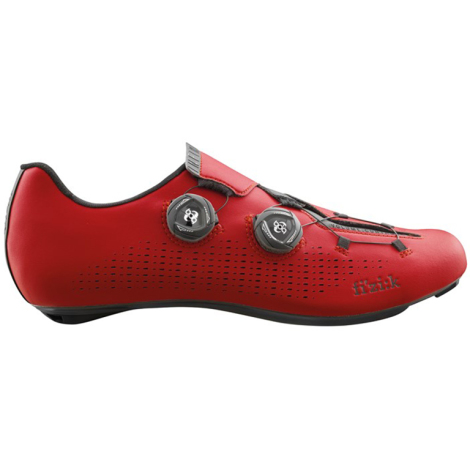
Materials
In days gone by, cycling shoes were made of leather uppers and wooden soles. From experience, I know how flexible, sweaty and hard to live with they could be. They also took days to dry out when they got wet. Todays’ advanced synthetic materials and mesh uppers offer impressively comfortable and stylish shoes in an array of colours. Even entry-level nylon soles offer high levels of comfort and stiffness.
Which Should I Buy?
New Riders
Entry level shoes, featuring a nylon sole and synthetic upper should provide a comfortable shoe with a good level of performance for new riders. Velcro straps will provide secure reliable closure.
Experienced Riders
Mid-range shoes are ideal for experienced riders. They usually offer a stiff sole and comfortable upper and a range of different closure methods.
Road Racers
For racers, the lightest, stiffest shoe will help provide the best power transfer from rider to bike. Shoes also need to be comfortable in terms of support and ventilation.

